Uncategorized
-
 Particle Physics
Particle PhysicsScientists find amazement in what’s most familiar
Acting Editor in Chief Elizabeth Quill discusses the unexpected nature of science.
-
 Animals
AnimalsReaders bugged by wine-spoiling stinkbugs
Stinkbug hazards, Great Lakes invaders and more reader feedback.
-
 Animals
AnimalsVenomous fish have evolved many ways to inflict pain
Fish venom shows great diversity and is being studied to treat pain, cancer and other diseases.
By Amber Dance -
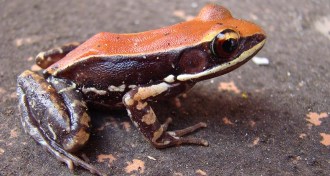 Health & Medicine
Health & MedicineFrog slime protein fights off the flu
Urumin, a protein found in Indian frog mucus secretions, has a knack for taking down H1 flu viruses, a new study finds.
-
 Health & Medicine
Health & MedicineAutism, ADHD risk not linked to prenatal exposure to antidepressants
Taking antidepressants during pregnancy does not increase the risk of autism or attention-deficit/hyperactivity disorder, two new large studies suggest.
-
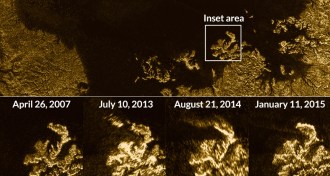 Planetary Science
Planetary ScienceNitrogen fizz fuels ‘magic island’ on Titan, simulation suggests
Nitrogen bubbles may be the source of the “magic island” on Saturn’s moon Titan.
-
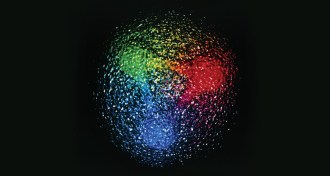 Physics
PhysicsThere’s still a lot we don’t know about the proton
Researchers are puzzling over the proton's radius, spin and whether it decays.
-
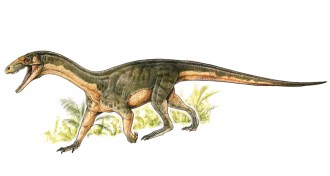 Paleontology
PaleontologyEarly dinosaur relative sported odd mix of bird, crocodile-like traits
Teleocrater rhadinus gives researchers a better picture of what early dinosaur relatives looked like.
-
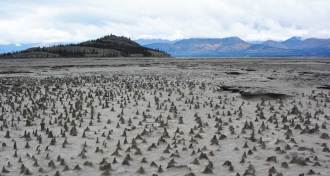 Earth
Earth‘River piracy’ on a high glacier lets one waterway rob another
The melting of one of Canada’s largest glaciers has rerouted meltwater from one stream into another in an instance of river piracy.
-
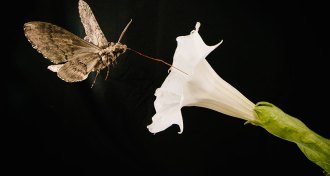 Ecosystems
EcosystemsHawk moths convert nectar into antioxidants
Hawk moths use their sugary diet to make antioxidants that protect their muscles.
-
 Physics
PhysicsThe drama of Albert Einstein’s life unfolds in the new series Genius
Science takes a back seat in National Geographic’s series Genius, which focuses more on politics and Albert Einstein’s love life.
-
 Archaeology
ArchaeologyShock-absorbing spear points kept early North Americans on the hunt
Ancient Americans invented a way to make spear points last on an unfamiliar continent.
By Bruce Bower